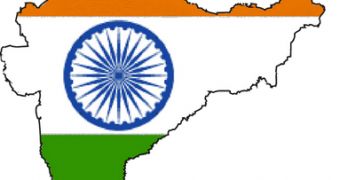India is currently preparing the launch of a Central Monitoring System (CMS) that will allow authorities to intercept phone calls and Internet traffic. However, it appears that the Indian government is already running a massive surveillance and monitoring program.
After the world learned of the United States National Security Agency’s PRISM program, more and more details are coming to light regarding similar programs operated by other governments.
According to The Hindu, the Lawful Intercept and Monitoring (LIM) systems set in place by India’s Centre for Development of Telematics (C-DoT) are capable of monitoring emails, browsing, Skype and other types of online activities.
Such LIM systems are used by telecoms companies to allow the government to intercept phone calls. However, when intercepting calls, the government must be in compliance with Section 5(2) of the Indian Telegraph Act read with Rule 419(A) of the IT Rules.
It’s a whole different picture when it comes to intercepting Internet traffic. That’s because the ISPs don’t have access to the government’s secretive surveillance systems.
Instead, these LIM systems are installed at the international gateways of a few major ISPs, between the Internet Edge Router and the core network. This way, the service provider is taken out of the equation and the government can freely monitor online activities.
The system, said to be utilized by a total of nine security agencies, gives the government access to all Internet traffic. Monitoring can be made not only based on IP addresses, email addresses, and URLs, but also based on certain keywords.
Indian authorities can reportedly monitor all traffic for any user for as long as they want. And since they don’t have to go through the ISP to gain access to the data, the surveillance activities are not overseen by courts.

 14 DAY TRIAL //
14 DAY TRIAL //